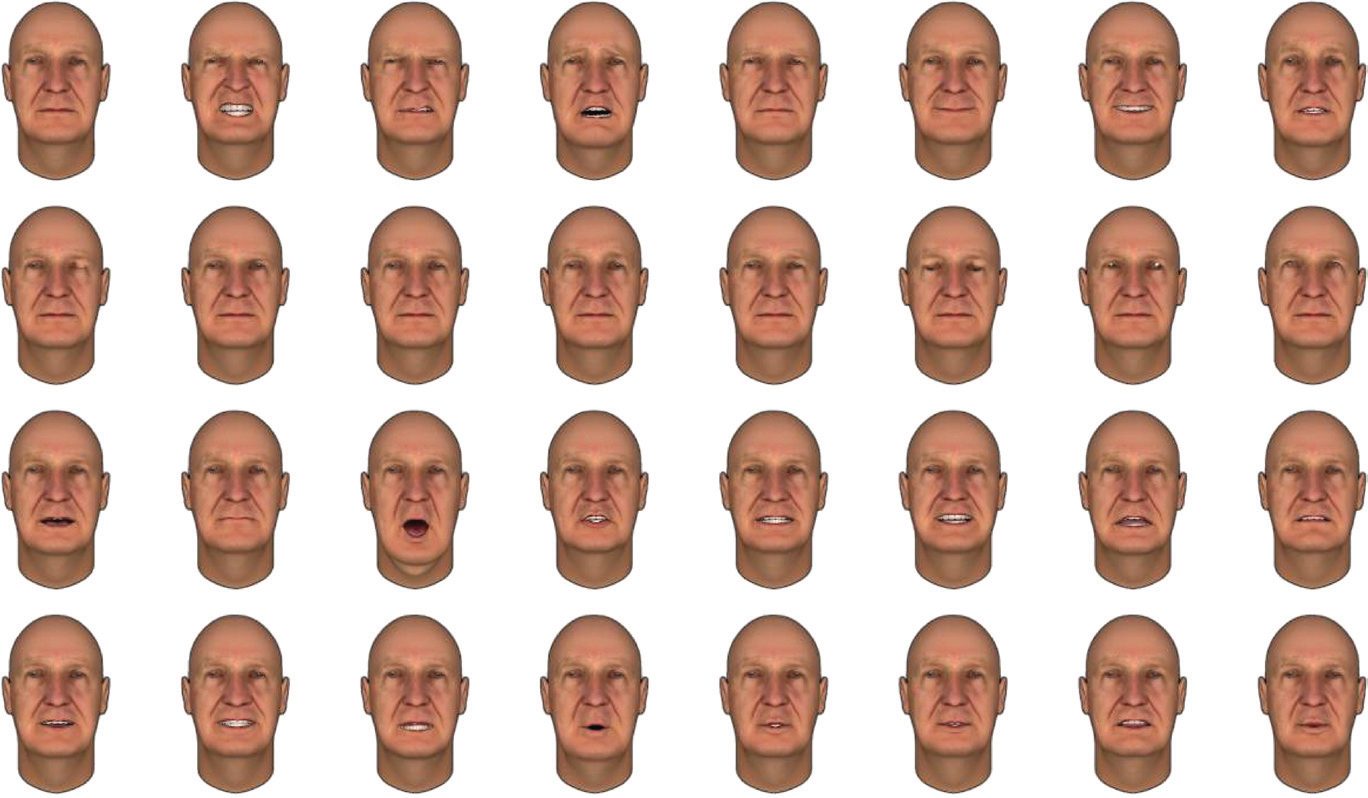Passing an Enhanced Turing Test - Interacting with Lifelike Computer Representations of Specific Individuals
September 1st, 2013
Categories: Applications, Museums

Authors
Gonzalez, A.J., Leigh, J., DeMara, R.F., Johnson, A.E., Jones, S., Lee, S., Hung, V., Renambot, L., Leon-Barth, C., Brown, M., Elvir, M., Hollister, J., Kobosko. S.About
This article describes research to build an embodied conversational agent (ECA) as an interface to a question-and-answer (Q/A) system about a National Science Foundation (NSF) program. We call this ECA the LifeLike Avatar, and it can interact with its users in spoken natural language to answer general as well as specific questions about specific topics. In an idealized case, the LifeLike Avatar could conceivably provide a user with a level of interaction such that he or she would not be certain as to whether he or she is talking to the actual person via video teleconference. This could be considered a (vastly) extended version of the seminal Turing test. Although passing such a test is still far off, our work moves the science in that direction. The Uncanny Valley notwithstanding, applications of such lifelike interfaces could include those where specific instructors / caregivers could be represented as stand-ins for the actual person in situations where personal representation is important. Possible areas that come to mind that might benefit from these lifelike ECAs include health-care support for elderly / disabled patients in extended home care, education / training, and knowledge preservation. Another more personal application would be to posthumously preserve elements of the persona of a loved one by family members. We apply this approach to a Q/A system for knowledge preservation and dissemination, where the specific individual who had this knowledge was to retire from the US National Science Foundation. The system is described in detail, and evaluations were performed to determine how well the system was perceived by users.
Keywords: Embodied conversational agents, chatbots, animated pedagogical agents, dialogue management, automated question-and-answer systems.
Resources
Citation
Gonzalez, A.J., Leigh, J., DeMara, R.F., Johnson, A.E., Jones, S., Lee, S., Hung, V., Renambot, L., Leon-Barth, C., Brown, M., Elvir, M., Hollister, J., Kobosko. S., Passing an Enhanced Turing Test - Interacting with Lifelike Computer Representations of Specific Individuals, De Gruyter, vol 22, no 4, Journal of Intelligent Systems, pp. 365-415, DOI 10.1515 / jisys-2013-0016, September 1st, 2013.